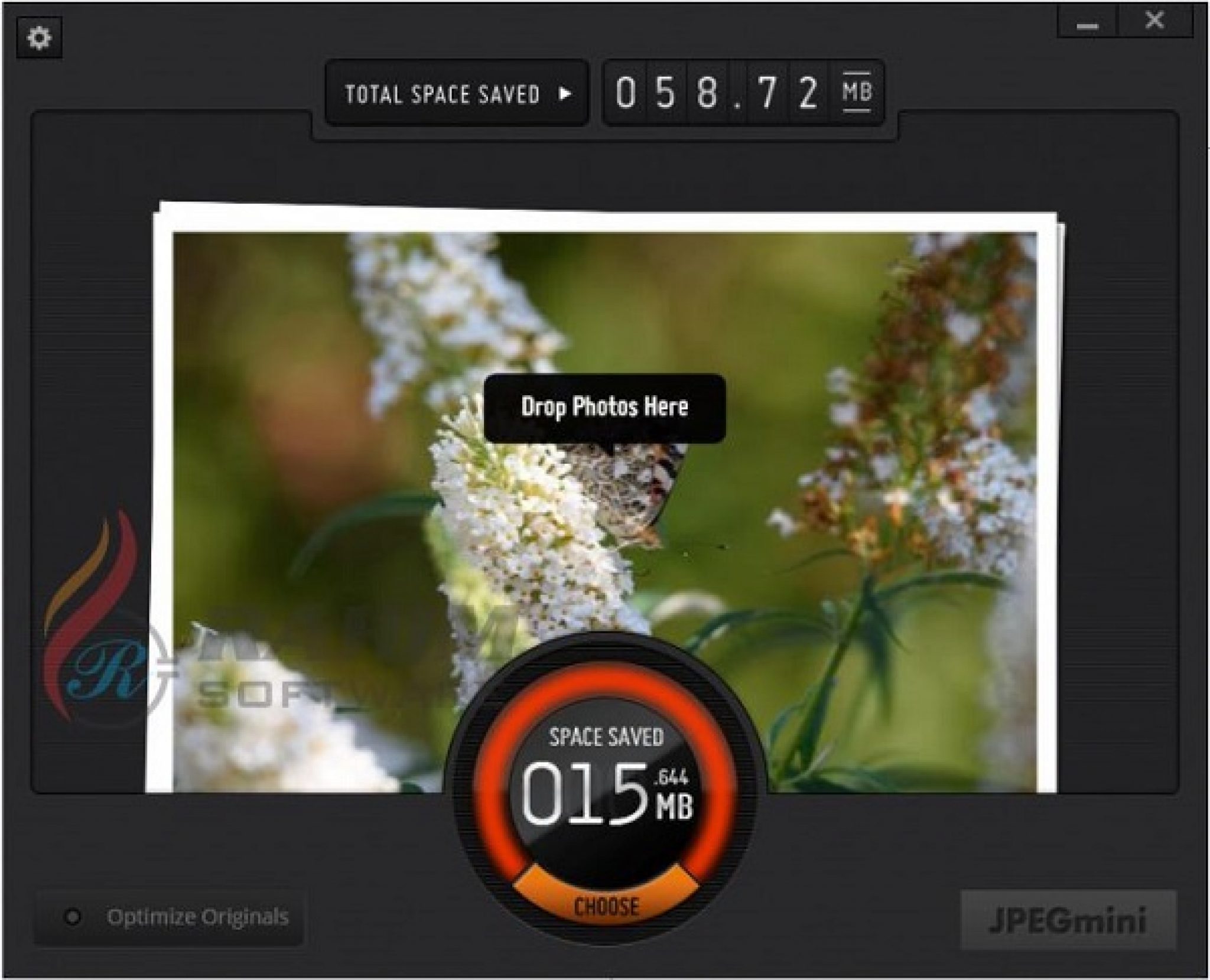

It happened after a "side project" that was meant to make a small additional income turned out to be a little more in demand than the author had imagined, with demands for better performance.
JPEGMINI UPDATE PRO
No, the Pro is essentially a re-write of the Standard using different memory allocation and multi-threading/multi-processor. I find it as useful for sending stuff to a print service as I do for the web. Results vary by image, of course not every image has areas that can take a lot of additional compression. In general, you hand it a "12" or a "100" (depending on the program you used to do the original JPEG), and it gives you back a file that looks the same (you literally have to do a diff in order to spot anything), but is about the size of an "8" or a "70". JPEGmini (and similar programs) go through an existing (high-quality/low-compression) JPEG image looking for blocks that can be compressed more without damaging them, while leaving high-detail blocks alone. If you want more compression, you get worse results in parts of the image that can't stand it. JPEG can use different compression levels in each image block, but most JPEG compressors/encoders do a single global compression (where each 8x8 block is compressed at the same level). and it's not so much "higher compression" as "variable compression". The JPEGmini Pro bundle, with Photoshop extension and Lightroom plug-in included, retails for $100.

JPEGMINI UPDATE SOFTWARE
Head over to the company's website to learn more or download a free trial of the software to try for yourself.
JPEGMINI UPDATE ARCHIVE
If you have a huge archive of medium format JPEGs lying around and you're looking to save some space, JPEGmini Pro is definitely worth a look.
JPEGMINI UPDATE UPDATE
The folder of images that was just compressed will export to a folder named "Resized" in Small, Medium and Large versions.įor now the feature is limited to Mac users, but JPEGmini Pro for PC will get this update soon. JPEGmini also added the ability to export compressed files in a variety of sizes-from preset sizes Small (960 x 720), Medium (1600 x 1200) and Large (2592 x 1944), to custom sizes set by max width, max height, or exact dimensions. A 100MP sample image downloaded from the Hasselblad website was quickly compressed from 52MB to just 15MB, and you would be hard-pressed to spot the difference between the two versions.īut increased image size capability isn't the only feature added in today's update. The update launched earlier today, and in our brief test it works like a charm.


JPEGmini-the image compression program that purports to decrease JPEG size by up to 80% without any perceptible loss in quality-just released a major update to their Mac app that they're calling "The 1 Feature Hasselblad Owners Actually Need." That's because the program can now compress images as large as 128MP (the previous limit was 60MP), making it ideal for shrinking down archives of 100MP medium format JPEGs. This means that it is relatively cumbersome to upload photos to the service.JPEGmini Pro took this 52MB Hasselblad H5D-100c file and compressed it down to just 15MB in seconds. The issue here is that the service currently is only offered online without api or external tools. JPEGmini is a new online server to optimize photos in the jpg format. Not to forget that some services limit the space that users can use for their media files. And the webmaster benefits from a faster page loading time as well by getting a few extra points if the images are optimized. Larger images take longer to load which means that some visitors may close the tab if it takes to long to open. The same is true for publishing photos on the Internet. And while some providers like Hotmail circumvent this by using file hosting capabilities to artificially increase the limit, it is not something that can be ignored right now. Sending photos as email attachments is still limited by the email providers maximum email limit. While that's not a problem for Gigabyte Flash cards or Terabyte hard drives, it can become a issue when you try to send the photo via email or publish the photo on the Internet. Today's digital photo cameras produce large image files that are usually in the Megabyte range.


 0 kommentar(er)
0 kommentar(er)
